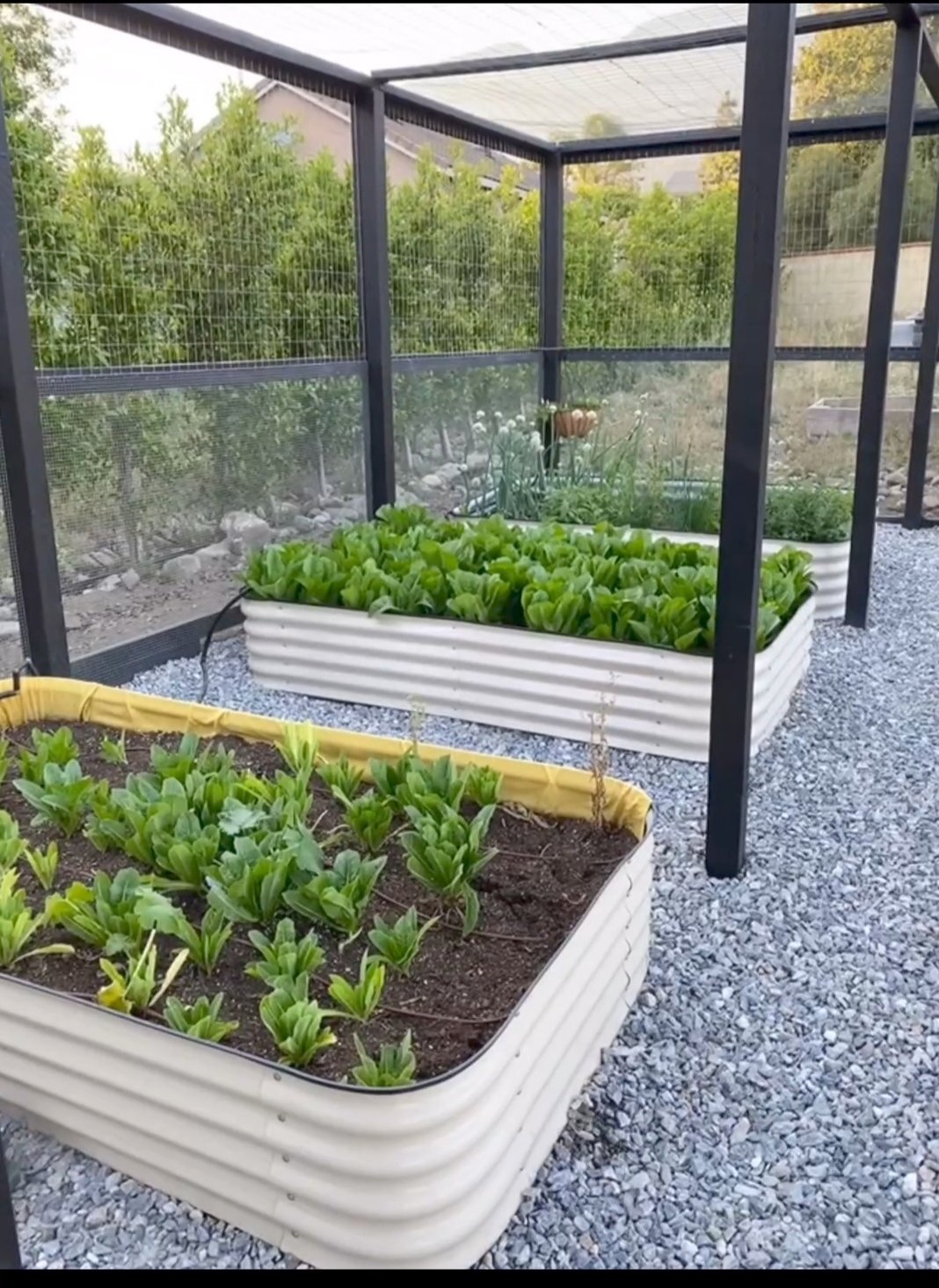
This post may have affiliate links. This means that sometimes when you click a link on our site and make a purchase on Amazon, we may earn a small commission at no additional cost to you. We only recommend products we truly believe in, and your support helps keep us running!
. In this comprehensive guide, we will provide you with a detailed planting schedule tailored specifically for Zone 6, ensuring optimal growth and yield for your raised bed garden. This article will equip you with the knowledge and tools necessary to create a thriving garden oasis.
The Zone 6 Raised Bed Planting Schedule
Spring Planting
- Early Spring (March – April)
- When frost begins to recede, it’s time to prepare your raised beds for planting. Start by clearing any debris and loosening the soil to ensure optimal aeration.
- Plant cold-hardy vegetables and herbs such as lettuce, spinach, kale, and chives. These resilient plants can withstand the lingering chill of early spring and will thrive in your raised beds.
- Start transplants indoors: Begin indoor seed starting for warm-season crops such as tomatoes, peppers, and eggplants. This will give them a head start before transplanting them outdoors in late spring.
- Mid-Spring (April – May)
- As the weather continues to warm, expand your garden with a variety of vegetables and flowers. Consider planting peas, radishes, carrots, and beets, as well as vibrant blooms like tulips and daffodils to add color to your raised beds.
- Late Spring (May – June)
- With the last threat of frost behind you, it’s time to introduce warm-season crops to your raised beds. Tomatoes, peppers, cucumbers, and zucchini are excellent choices for late spring planting, as they require the sustained warmth that Zone 6 provides during this time.
Summer Maintenance
Early Summer (July – August)
- Harvest and preserve: As your summer vegetables ripen, harvest them regularly to encourage continuous production. Preserve excess produce through methods like canning, freezing, or drying.
- Fall crops: Start sowing fall crops like beets, kale, Swiss chard, and broccoli. These cool-season vegetables will thrive in the milder temperatures of late summer and early fall.
Late Summer (September – October)
- Extend the season: Protect your plants from early frosts by using row covers or cold frames. This will allow you to continue harvesting well into the fall.
- Cover crops: Consider planting cover crops like clover or rye to protect the soil during the winter months. These crops will also improve soil fertility when tilled in the following spring.
Fall Planting
- Early Fall (August – September)
- As the summer heat wanes, seize the opportunity to plant cool-season crops in your raised beds. Consider sowing seeds for broccoli, cauliflower, Brussels sprouts, and leafy greens, taking advantage of the milder temperatures that characterize early fall in Zone 6.
- Mid-Fall (September – October)
- Extend your harvest by planting quick-maturing vegetables such as radishes, turnips, and lettuce. These resilient crops will thrive in the cooling weather, providing you with an abundant yield well into the fall season.
- Late Fall (October – November)
- When the growing season draws to a close, prepare your raised beds for the winter ahead. Clear out any remaining plants, enrich the soil with compost, and consider planting cold-hardy varieties of herbs to enjoy fresh flavors even as the temperature drops.
